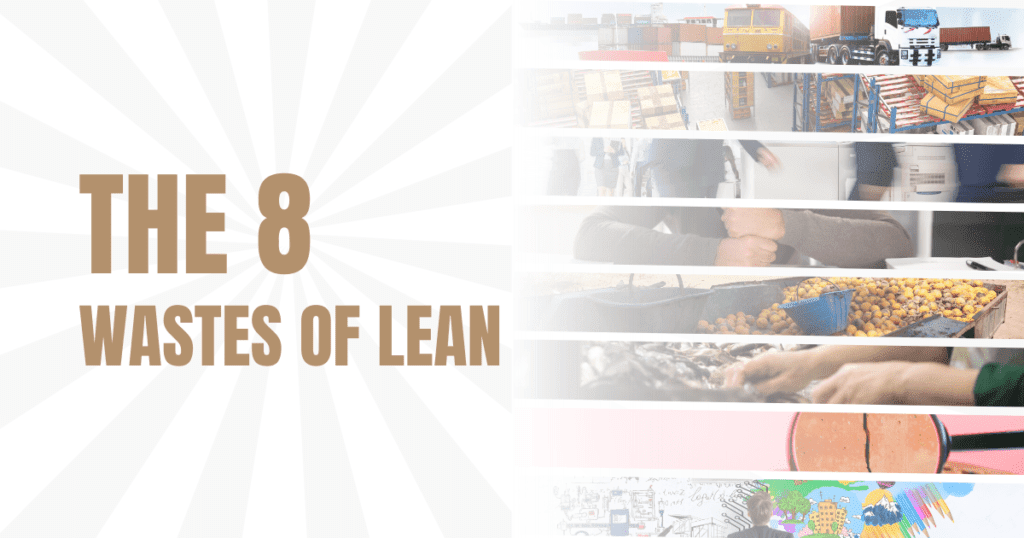Table of Contents
Have you ever wondered why some businesses run like well-oiled machines while others struggle to keep up? The secret often lies in how well they manage waste. Lean methodology is a powerful approach that focuses on maximizing value by minimizing waste. But what exactly is waste in the context of Lean, and why is it so important to get rid of it? Let’s dive into the 8 wastes of Lean and explore how understanding and eliminating them can transform your business.
1. Transport

Definition and Examples of Transport Waste
Transport waste occurs whenever products, materials, or information are moved unnecessarily. Think about the extra steps involved when a factory moves raw materials back and forth across the plant floor without any real need. These unnecessary moves can pile up, leading to significant inefficiencies.
Impact on Efficiency and Productivity
Unnecessary transport not only wastes time but also increases the risk of damage to materials and products. It’s like taking a long detour on your way to work – it consumes time and energy you can’t get back.
Strategies for Reducing Transport Waste
To cut down on transport waste, start by mapping out the flow of materials and information in your workspace. Look for opportunities to streamline routes and eliminate unneeded movements. Sometimes, simply rearranging your layout can make a world of difference.
2. Inventory
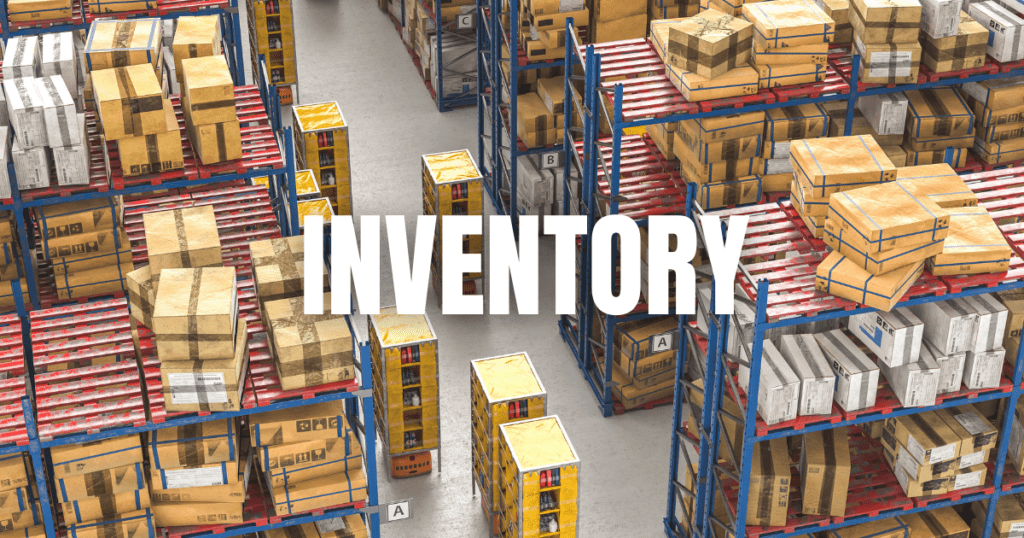
Explanation of Inventory Waste
Inventory waste happens when you have more materials or products on hand than you actually need. It’s like buying 200 cans of soup when you only eat one a week. Eventually, the excess sits there, taking up space and tying up capital.
Consequences of Excess Inventory
Having too much inventory can lead to a host of problems, including increased storage costs, risk of obsolescence, and even damaged goods. It’s money sitting on a shelf instead of working for you.
Tips for Effective Inventory Management
Effective inventory management involves keeping a just-right amount – not too much and not too little. Techniques like Just-In-Time (JIT) inventory can help you strike that perfect balance. Regularly reviewing and adjusting your inventory levels based on demand can also keep things in check.
3. Motion

Understanding Motion Waste
Motion waste is about the unnecessary movements of people or equipment. Ever notice how many steps you take around the kitchen to make a simple sandwich? Apply that to a business environment, and the inefficiencies add up quickly.
How Unnecessary Movements Affect Operations
All those extra steps or reaching out for tools can lead to fatigue, errors, and lower productivity. It’s like walking in circles when you could just take a straight path – it wears you out and wastes time.
Techniques for Minimizing Motion Waste
To minimize motion waste, analyze the physical steps involved in your processes. Design your workspace ergonomically, ensuring tools and materials are within easy reach. Small changes can significantly boost efficiency and comfort.
4. Waiting

Insight into Waiting Waste
Waiting waste happens when there are periods of downtime where no productive work is happening. This could be waiting for materials to arrive, waiting for the next task to start, or waiting for equipment to be fixed.
The Cost of Idle Time
Idle time is a silent productivity killer. It’s like being stuck in traffic – you’re burning fuel but not getting anywhere. Waiting time leads to lost opportunities and increased lead times, affecting overall performance.
Solutions for Reducing Waiting Time
To tackle waiting waste, ensure that workflows are well-coordinated. Implementing ‘pull’ systems, where the next step in the process is started as soon as the previous one is finished, can keep things moving smoothly. Regular maintenance of equipment can also prevent unexpected downtimes.
5. Overproduction
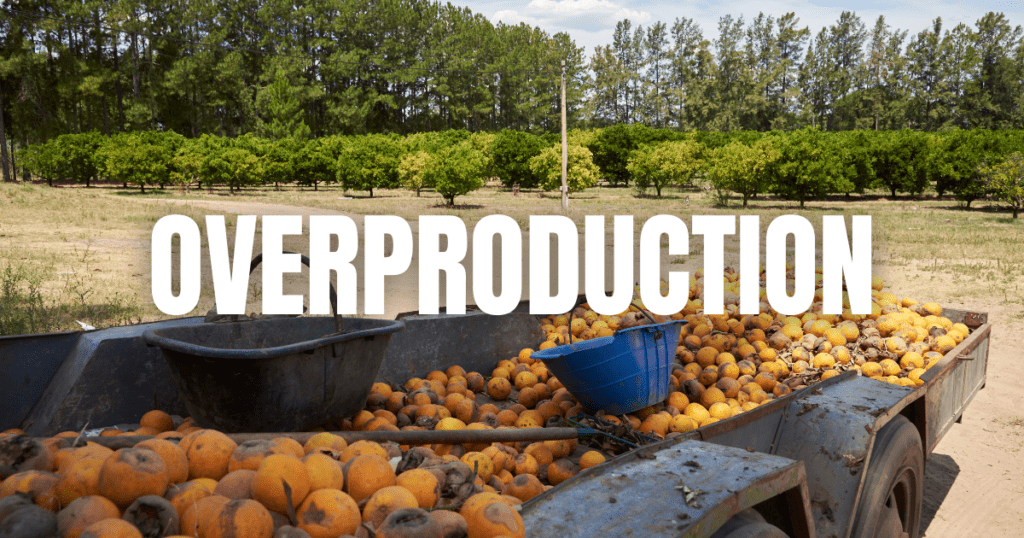
Overview of Overproduction Waste
Overproduction means making more of a product than is needed or before it’s needed. It’s like baking 10 cakes when you only have guests for one. The excess doesn’t add value and often leads to more waste.
The Downside of Making More Than Needed
Producing too much ties up resources and generates extra inventory, which, as we’ve discussed, is another form of waste. It can also lead to decreased quality control and extra costs.
Approaches to Prevent Overproduction
One key strategy is to adopt a Just-In-Time (JIT) production system, where products are made to meet actual demand, not forecasts. Regularly reviewing production processes and aligning them closely with market demand can prevent overproduction.
6. Over-processing
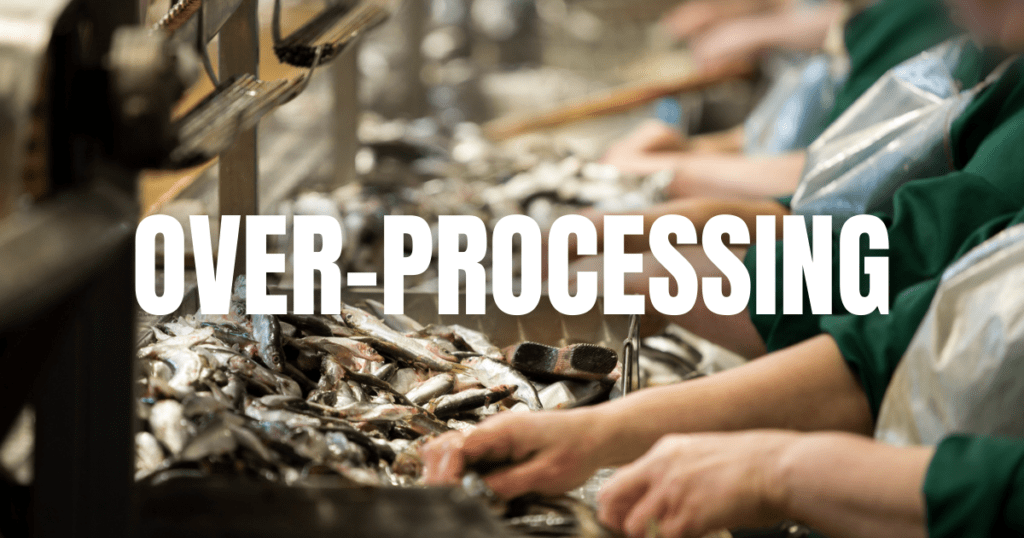
Definition and Examples of Over-processing Waste
Over-processing occurs when more work is done than what’s necessary to meet customer requirements. It’s like painting the back of a cabinet that will never be seen. Extra touches might feel like added value, but they often go unnoticed by customers.
The Impact of Unnecessary Processes
These extra steps consume time, resources, and energy without adding real value. It’s a bit like gilding the lily – it’s more about overkill than enhancement.
Methods for Eliminating Over-processing
Focus on understanding what the customer truly values and aim to meet those needs without adding superfluous features. Simplifying workflows and standardizing processes can help in avoiding over-processing.
7. Defects
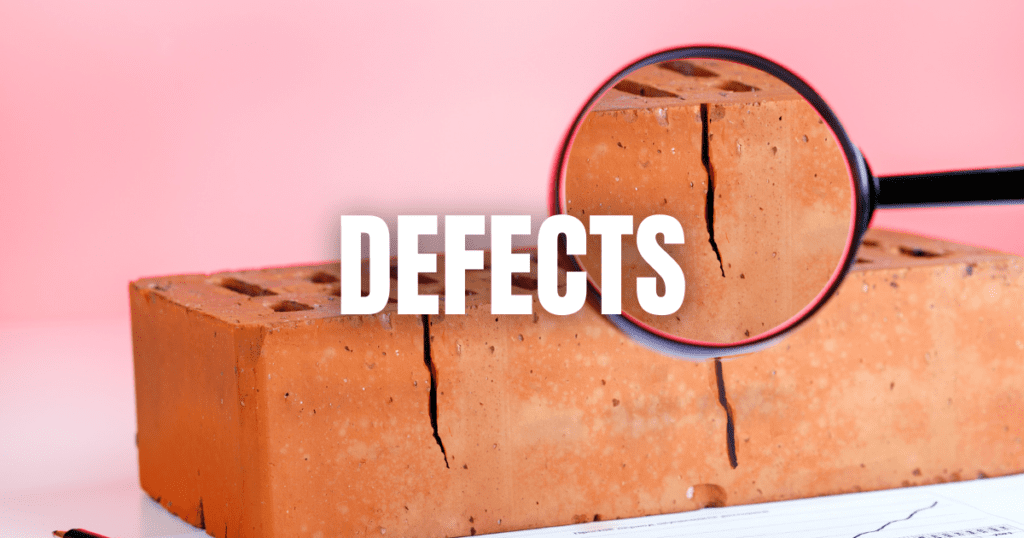
Understanding Defects as Waste
Defects are products or services that fail to meet quality standards. They are mistakes that require rework, repairs, or even discarding. Think of it as baking a cake that doesn’t rise – it’s unusable the way it is.
The Effect of Errors and Rework on Performance
Defects not only waste materials and time but also damage the reputation of your brand. It’s a double whammy because you need to spend more resources fixing the issues, which could have been avoided in the first place.
Strategies for Reducing Defects
Quality control is crucial. Implementing robust inspection processes and encouraging a culture of continuous improvement can minimize defects. Regular training of staff and investing in quality management systems can also make a big difference.
8. Unused Creativity
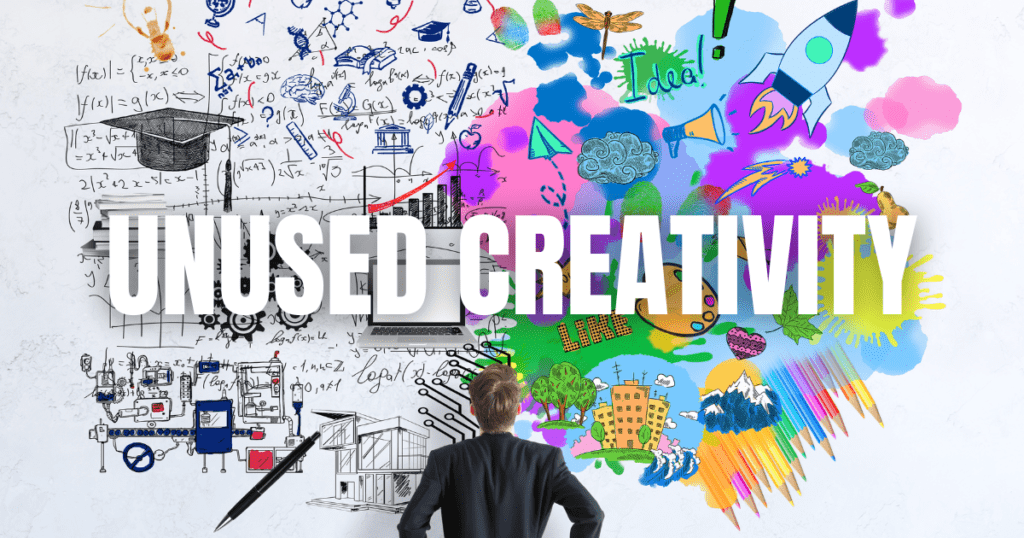
Understanding Unused Creativity as a Form of Waste
Unused creativity waste happens when a company doesn’t fully tap into the unique skills, talents, and ideas of its employees. Imagine having a team member with brilliant problem-solving skills but never allowing them to contribute to process improvements or innovation. It’s like having a supercar but never driving it – a massive underutilization of potential.
The Impact of Not Utilizing the Full Potential of Team Members
When an organization’s creativity is stifled, it misses out on valuable insights and innovations that could propel the business forward. This form of waste can lead to lower employee morale and a lack of engagement. Think of it as having an orchestra where musicians aren’t allowed to play their instruments – the outcome is far from harmonious.
Strategies for Harnessing the Creativity and Innovation of Team Members
To harness unused creativity, start by fostering an open and inclusive culture. Encourage employees to share their ideas and provide platforms where they can contribute to projects. Implement brainstorming sessions and innovation workshops. Recognize and reward creative contributions to show that their input is valued. By unleashing the creative potential of your team, you can drive innovation and continuous improvement in your organization.
FAQs
What is the Lean methodology?
Lean methodology is an approach focused on increasing value by eliminating waste. It helps organizations streamline processes, reduce costs, and improve overall efficiency.
How does identifying waste benefit my business?
By identifying waste, you can target inefficiencies and unnecessary costs, leading to better resource management, higher productivity, and increased profitability.
What are some common signs of each type of waste?
- Transport waste may involve unnecessary movement of materials.
- Inventory waste is having more stock than needed.
- Motion waste includes extra movements by employees.
- Waiting waste is idle time in processes.
- Overproduction waste is producing more than needed.
- Over-processing waste is performing more work than required.
- Defects waste involves errors and rework.
- Unused creativity waste is not utilizing employee potential.
How can I implement waste reduction strategies?
Start by analyzing your current processes, identifying areas of waste, and then applying Lean tools like mapping, Just-In-Time (JIT), and continuous improvement strategies to address them.
Conclusion
Understanding the 8 wastes of Lean is like having a roadmap to a more efficient, productive business. By focusing on transport, inventory, motion, waiting, overproduction, over-processing, defects, and skills you can identify areas to improve and keep your operations running smoothly. Remember, the journey towards Lean excellence is ongoing. Keep striving for improvement, and your efforts will surely pay off.
For a more detailed discussion, analysis and case study consider enrolling in our The 8 Wastes of Lean Certification Course.

